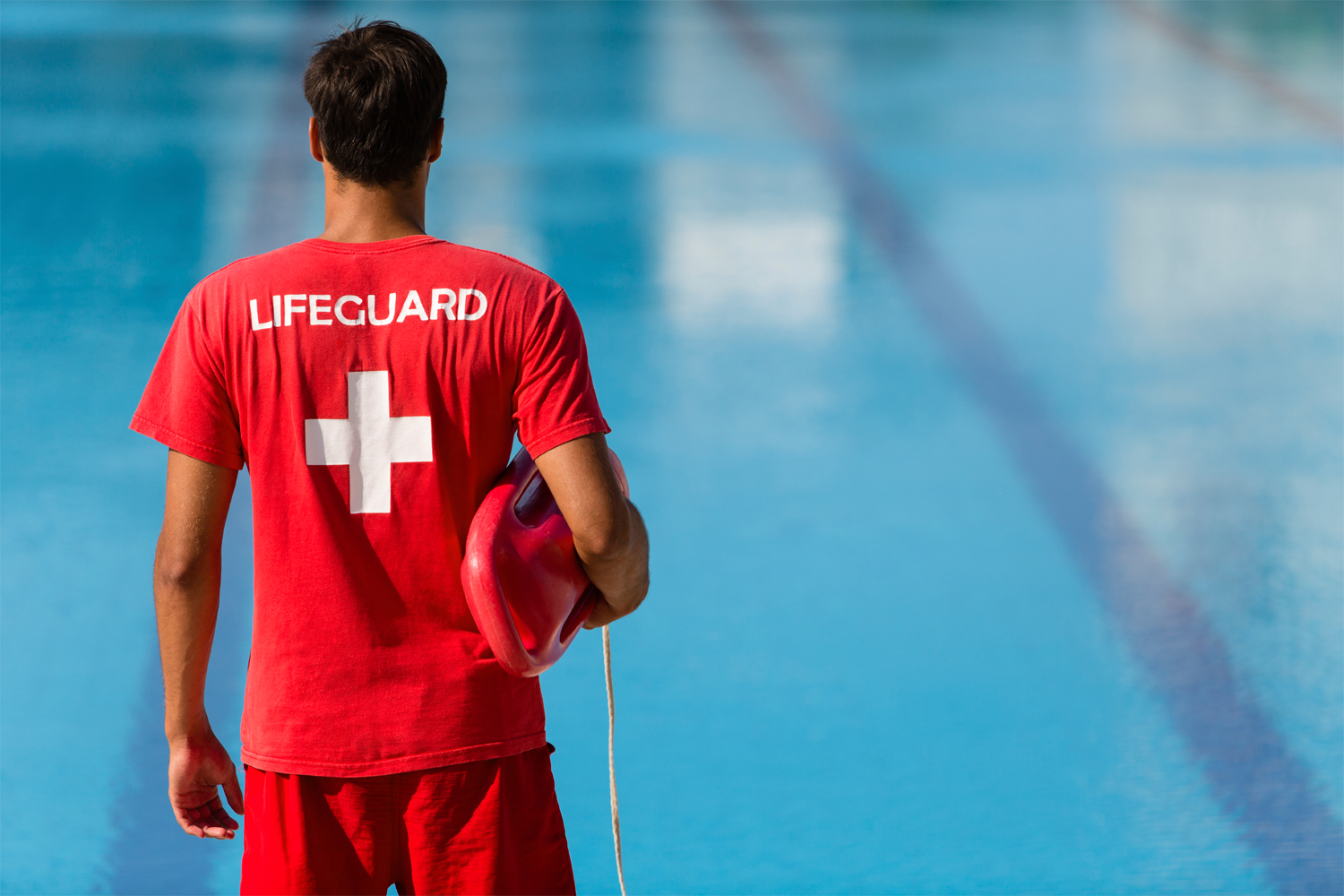Becoming a professional lifeguard includes something beyond having a passion for water safety; it requires devotion, training, and a deep understanding of rescue techniques and first aid. If you’re considering a career as a lifeguard, you may be considering what amount of time the excursion will require.
This article separates the timeframes engaged with becoming a certified lifeguard, including the vital training and certifications.
Understanding Lifeguard training
Beginning Training Requirements
The path to becoming a professional lifeguard ordinarily begins with enrolling in a lifeguard training program. These programs are intended to show you essential skills like water rescue, CPR, and first aid. The duration of these courses can fluctuate, yet most exhaustive programs range from 24 to 40 hours north of a few days or weeks.
Course Content and Skills
During lifeguard training, you’ll learn a scope of skills including swimming techniques, rescue procedures, and emergency reaction protocols. The training as a rule incorporates both classroom guidance and useful, involved experience. The point is to ensure that you are well-ready for any circumstance that might emerge while on duty.
Certification and Testing
Examinations and Certification
After finishing the training program, you should pass a certification test to become an authorized lifeguard. This test regularly comprises of a composed test and a reasonable test that surveys your ability to perform rescues and regulate first aid. The time expected to plan for and pass these tests can shift in view of your related knowledge and the specific requirements of the certification body.
Types of Certifications
While the American Lifeguard Association is one of the well-known certification suppliers, there are different associations offering lifeguard certification. Every certification might have its own arrangement of requirements and testing strategies. For the most part, these certifications are substantial for a very long time, after which you should finish a recertification course.
Training Duration and Schedule
Full-Time versus Part-Time Training
The timeframe to become a professional lifeguard can rely upon whether you seek after training on a full-time or part-time premise. Full-time training programs are more intensive and can be finished in a more limited period, frequently in no less than up to 14 days. Part-time programs, which are more appropriate for people adjusting different commitments, may require a little while to finish.
Intensive Courses
For the individuals who are hoping to quick track their career, intensive ALA lifeguard training courses are accessible. These courses are intended to cover all important topics in a dense timeframe, typically going from a couple of days to seven days. Intensive courses can be particularly beneficial for people who need to finish their training rapidly or are planning to work in seasonal positions.
Acquiring Experience
Hands on Training
Becoming a professional lifeguard doesn’t end with certification. Acquiring down to earth experience is a crucial stage in building your certainty and capability. Numerous lifeguard positions expect hands on training, where you will work under the supervision of experienced lifeguards. This stage can endure from half a month to a while, contingent upon the intricacy of the job and the environment where you work.
Seasonal and Full-Time Positions
If you’re pursuing a seasonal lifeguard position, for example, those at beaches or pools throughout the summer, you could acquire experience all the more rapidly because of the great volume of movement. For full-time positions, the experience may be more progressive, as need might arise to adjust to different emergency situations and work schedules.
Propelling Your Career
Additional Certifications
To progress in your lifeguard career, you might consider obtaining additional certifications. Particular training in areas, for example, high level water rescue techniques or emergency medical reaction can enhance your skills and make you a more serious possibility for more significant level positions. These courses can change long, with some being finished in only a couple of days or weeks.
Leadership and Supervision
As you gain experience, you could have the opportunity to move into administrative or management jobs. Positions, for example, head lifeguard or aquatic boss frequently require additional training and experience in leadership and emergency management. This career movement can include quite a while of experience joined with designated training programs.
Final Word
Becoming a professional lifeguard includes a blend of thorough training, certification, and reasonable experience. The whole cycle can take anyplace from half a month to a while, contingent upon your training path and career goals. By finishing the vital lifeguard training and acquiring involved experience, you can leave on a rewarding career committed to ensuring safety and forestalling accidents.
For those looking for lifeguard training near me, there are numerous resources accessible to help you get everything rolling. The American Lifeguard Association is a significant association offering exhaustive training and certification programs that can set you on the right path. With commitment and the right training, you can achieve your goal of becoming a professional lifeguard and have a significant effect in the field of water safety.




